
The success of a professional LoR player is based on 40% ability, 40% preparation, 15% mental game and 5% luck. Today, so you can guarantee those 40% in prep, let's talk a bit about building a lineup!
By following the standard rules of the competitive scene's main deckbuilding format, "Riot Lock", it's not enough to bring the three strongest decks in the meta for your tournament. Actually, that can even be harmful for your productivity, and that's why I listed several useful, informative details that you need to consider when it's time to build a competitive lineup. Let's go.
Understanding the competitive ecosystem

The first thing you must know is that the ranked ladder meta is very different from tournament meta.
In general, in ranked queue, players look for faster lists, because the time spent playing is much more precious than the victory itself, for most players. And that's why the first players to reach masters early in the season use aggressive decks.
But in tournaments it is different, because the meta is slower, full of interaction and much harder to understand. But, there are some phenomena which repeat, during the early days of a season, until there are new cards or changes to the game.
Based on these patterns, you can identify at which moment you are in the competitive scene, and that can help you enhance your preparation for tournaments.
Observe the image below:
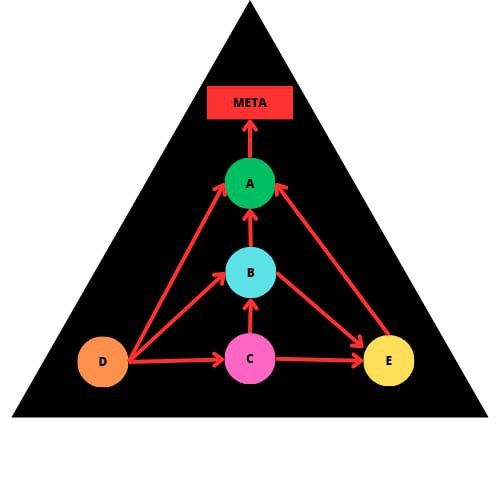
That image represents the triangle of the competitive ecosystem. The higher you are, the most popular is that element in the ecosystem. Decks that are part of that triangle are represented by a letter.
Let's see what each element represents:
> Meta — This refers to everything that is most recommended for you to bring to tournaments. Not necessarily the meta will be represented by a single deck; It might be a set of cards from a region that is too strong, or a game style that is dominating.
The meta is completely independent of the competitive triangle, because everything in it exists and works against the meta, trying to become the meta itself.
Unlike other elements, the meta can represent more than one deck too. That is, there might be more than one list dominating the game.
It is necessary to make clear that the meta isn't necessarily made of the strongest lists, but the most recommended and powerful ones. Because, at the end of the day, the competitive ecosystem is a popularity contest.
The lists' win rate does influence it, yes, but it isn't players' main focus. Because there's no use to playing a deck that has an 80% win rate, if the whole tournament will be made of lists that win against that deck.
> A — It's a deck that wins against the meta. Usually, these lists are the first to come up in a new season right after changes, and rapidly dominate the entire ecosystem as they are very strong decks, usually.
That is due to buffs, or because the meta is favorable for that strategy, or, in a few rare cases, due to popularity alone.
In a short amount of time, deck A will dominate the competitive scene, and soon everyone will be playing this list, or against it.
It is natural that, as time goes on, the popularity of deck A is so great that it fills the "meta slot".
> B — This is the deck that comes along to win against deck A. Notice that not necessarily deck B is prepared to play against the meta, because the existence, or the return of this list to the ecosystem, is solely and exclusively because deck A is very strong.
Depending on the popularity of deck A, deck B may or may not take over the top of the pyramid, and become an "A" deck. It is common for this type of list to become popular, because it answers a stronger deck.
> C — Deck C shows up when deck B starts becoming a problem. Due to the great popularity of Deck A, deck B is now very strong, and as a result, a strategy in which you play the meta's counter's counter becomes viable.
This type of list takes longer to show up during a season, and may be discovered only later on in the competitive cycle.
Notice that the elements Meta, A, B and C are aligned, pointing up. That means the natural process of the meta's cycle causes the deck on the bottom to take the place of the deck on top. That is: Deck A becomes meta, deck B becomes deck A, and so on and so forth. The elements D and E are not part of this cycle and let's explain that right now:
> D — This is the strongest list in theory. This deck is the one that will be discovered at the end phase of the competitive cycle.
There will always be a list that breaks the cycle rules, and deck D is exactly that list. Deck D can make the whole triangle obsolete, and create a triangle on its own in the near future.
Usually, this type of deck goes by unnoticed by nerfs, because it wasn't caught early on, and when new updates come to the game, some things can happen.
— either deck D becomes meta;
— or deck D becomes deck A;
- or deck D disappears, because the meta changed completely because of the updates.
These types of lists are the ones everyone is trying to build, and depending on when it was discovered, the meta can do turn after turn during a competitive period.
> E — List E is a phenomenon that happens due to popularity. It isn't common to happen, but there might be a case in which a list that is very strong against deck A shows up, but due to its popularity alone it starts to win many matches. But it loses to everything else in the competitive triangle. And as a result, its stay in the competitive scene doesn't last long.
When that happens, usually it's something lasting about a week at most, which is time enough for two or more tournaments to take place, and players realize that the deck isn't that interesting after all.
Putting our Competitive ecosystem triangle to work
Let's put our competitive triangle to work, and relate each element to a deck which was once in the game's meta, so, the whole concept of the competitive cycle is easier to visualize.
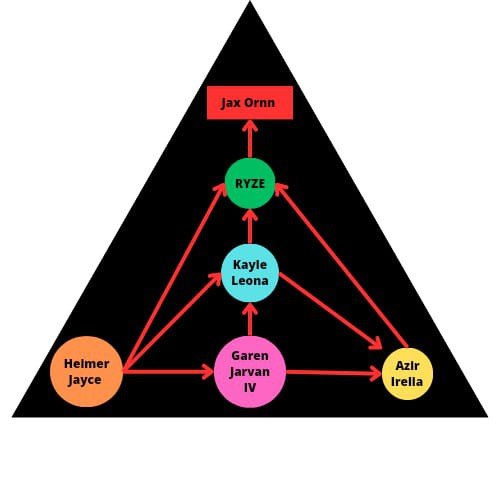
Using the current state of the competitive ecosystem, I organized this image in which each deck of that meta would be.
> META — Right at the beginning we had alterations and buffs to Jax and Ornn's archetype, and soon that list became the most popular one and therefore meta, and that's what triggered the rest of the competitive ecosystem.
> Element A — At the element A slot we have the Ryze list, which was useful for a long time as a direct counter to Jax lists. Ryze quickly became the target of the competitive cycle and all lists below the triangle are focused on answering this Runeterra champion.
> Element B — At the element B slot, we have the Kayle Leona deck, which was the aggressive alternative the competitive scene adopted to answer Ryze directly.
> Element C — Right below at element C, we have Garen Jarvan IV, which is a list that has as its main goal to be a deck that can handle Leona Kayle head on. Below that, decks get more obscure and don't have specific targets, and that's why this triangle spreads to the sides, birthing elements D and E.
There are even decks that focus on neutralizing Garen, but those lists take a bit longer to become part of the competitive ecosystem and indeed conquer their space at the table.
> Element D — At element D, we have the Jayce Heimerdinger list, which is this meta biggest treasure, in my opinion. That's the deck that wins against everything for now, and, as we've mentioned in this article already, in case the popularity of this deck increases even more, it will become meta.
> Elements E — We have Azir Irelia which makes a triumphant return to the competitive scene to answer Ryze, but it loses to everything else, and will eventually be forgotten.
Things to consider about the competitive triangle
Notice that all elements swap places all the time. There might be a deck A coming up, and then one day later it is meta. Or one list might come up and be played in a single tournament and then disappear never to see competitive play again.
This diagram is useful for you to identify where your deck is, and where it will probably go to in the next few days. This way, you can focus on other things, such as deckbuilding strategies. But to learn that, first you need to know:
How to Identify your Style

We are not talking about Aggro, Control and Combo. We're talking about:
Do you play with the meta lists, answering them, a bit of both, or off-meta?
Let's give a few examples of each style cited above and comment a bit about them, so you can try and identify what is the style you'd like to adopt to play in a tournament.
Meta Lineup
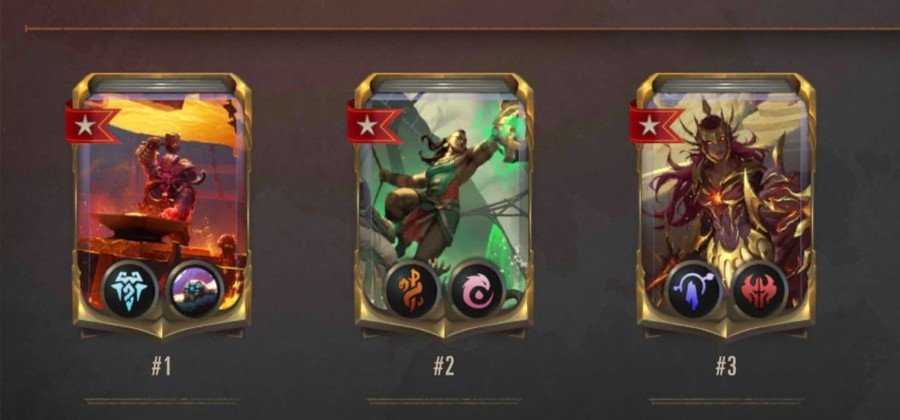
As the name already states, we'll be using meta lists, that is, lists that are strong on their own and are quite dominant.
I chose Jax Ornn, Illaoi Twisted Fate and Kayle Leona.
These are three decks aggressive in nature, with Midrange elements, and very beefy units. With this lineup, you'll be bringing three decks that are communicating the same phrase: "I dictate the game rhythm, and you answer it if you can."
And that is practically what is going on with the meta in the example, the match's time will always be on your side. And this type of phenomenon being dominant is very relevant in meta lists: You'll always have dynamic and independent decks.
Anti-meta Lineups
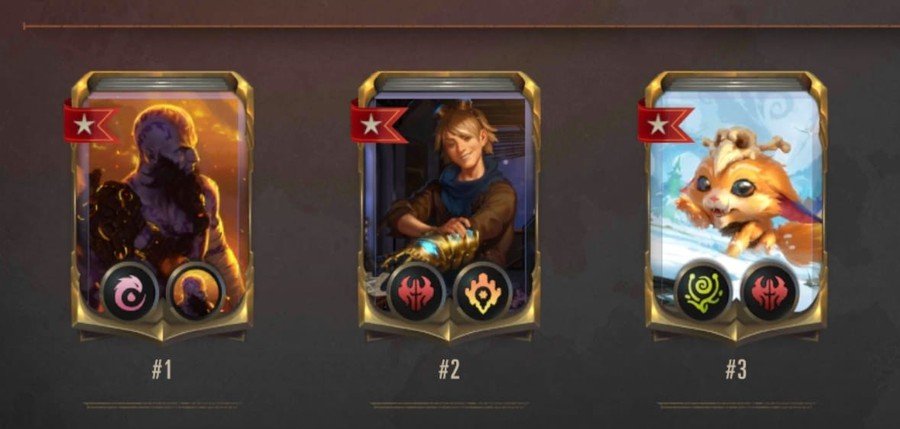
You're prepared to hit the meta lineup we've just seen. This type of lineup is famous in tournaments, because everyone wants to beat what's strong.
The problem is that, eventually, as we've discussed in this article, what beats what's strong, ends up becoming what's strong, and the ecosystem cycles. That's why you should always be careful when building a lineup that answers the meta, because if you're out of the loop regarding what's happening in the game, you might be playing the meta lineup unaware.
I've chosen two Noxus-control lists and a mono Ryze to build this lineup.
Those are responsive decks, but not always the responsive archetype or the control archetype is the anti-meta one. There may be the aggressive lists are anti-meta too. It will all depend on how the game's competitive ecosystem is at the moment you're playing.
Mixed Lineup
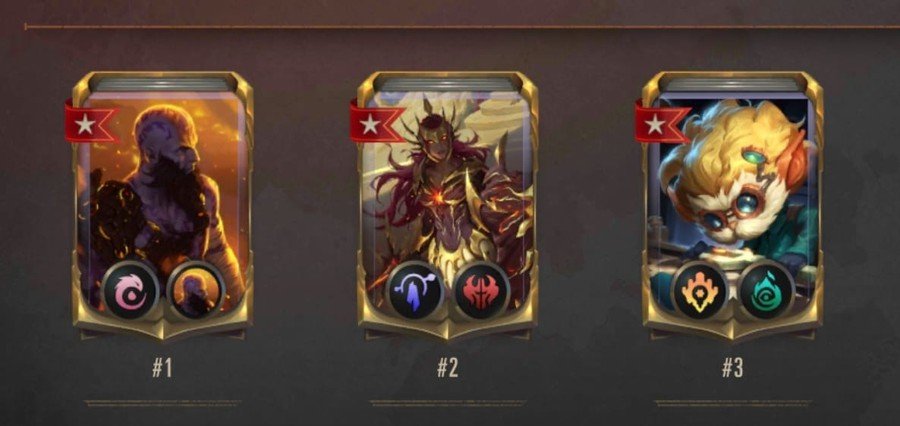
In my opinion, this type of lineup is the one I recommend the most, but, it might also be the most difficult lineup to find. Because you'll be bringing elements of the meta alongside decks that win against the meta.
Banning enemy decks is a bit more complex with this type of strategy, but with time and dedication, at one point you'll get it.
For this lineup, I chose Ryze again with a Kayle Leona deck and the fearsome Jayce Heimerdinger list.
You can get a margin of favorable matchups much bigger with this strategy. But if you face someone who had the same idea as you, of bringing a bit of everything, it is possible you play a few mirror matches, or matches that have 50% win rate quite frequently.
Anyway, it is common to see most players that are performing well in tournaments bring this sort of strategy.
Off-meta Lineup
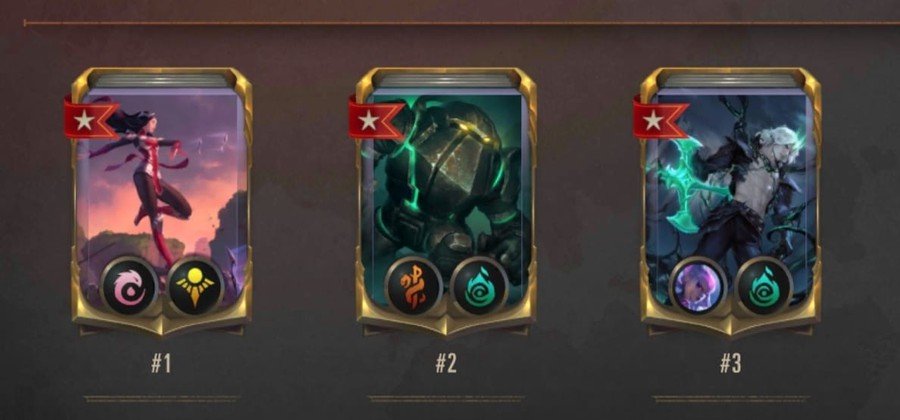
It is a lineup that can be considered competitive, but not optimized. These are lists that perform inconsistently, but have a certain success against some meta decks.
We can judge this type of strategy to be a lot like the anti-meta one, but you'll be much more worried about surprising your enemy, by playing lists that they won't be used to playing against.
I've chosen to illustrate this strategy the Azir Irelia, Deep and Viego Evelynn lists.
These are decks that perform well, but in situations that are a bit too exclusive, but, they are lists that can be considered strong enough to go into a competitive lineup.
Final Words - Rock, Paper, Scissors!
Imagine Runeterra is a big rock-paper-scissors, but with many more elements than just one scissors, one rock and one paper. For those who've watched "The Big Bang Theory", you know there is "Rock, Paper, Scissors, Lizard and Spock".
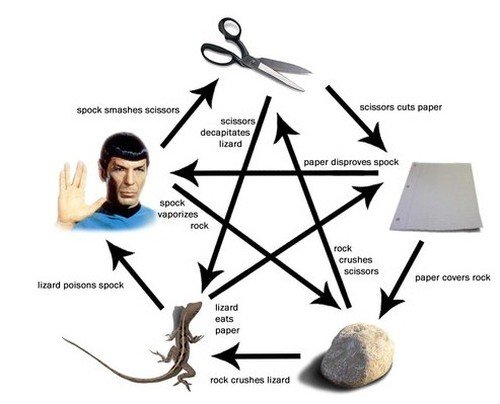
Runeterra is like that, and a bit more. Actually, I think Runeterra is more like:
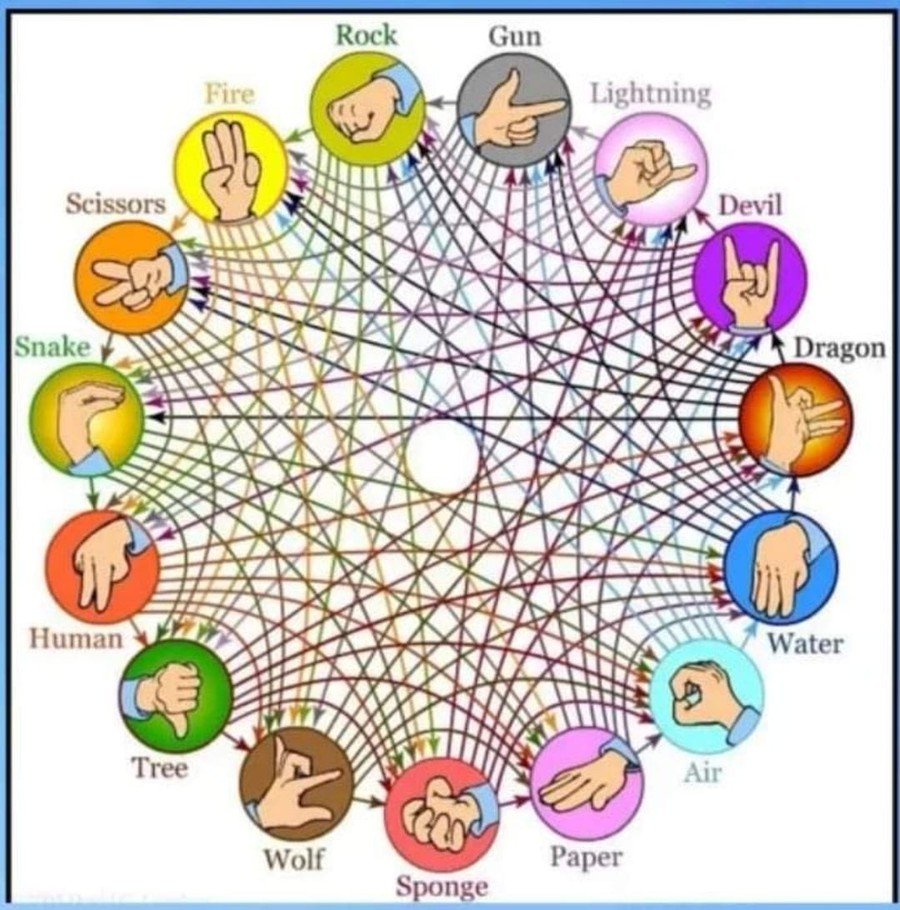
Yeah, now imagine these elements representing the decks, always moving, swapping places, going in and out of the game's ecosystem. If they are inconsistent, they win less or more depending on who's playing them, and that's real Runeterra. The secret to a good lineup is being mindful and studying what everyone is bringing to tournaments.
You'll find out each tournament has its own meta, and each meta has its own answer. There isn't an easy recipe to solve the problem with competitive lineups. You must dedicate yourself to understanding what's happening in the tournament you'll play.
Knowing that, I hope I helped you clear your mind, and understand how the process of building a lineup works.
I hope you have understood how each deck behaves in the competitive ecosystem and how that influences your decision of which lists to bring to the tournament. In case you liked this content, don't forget to share and comment on social media!

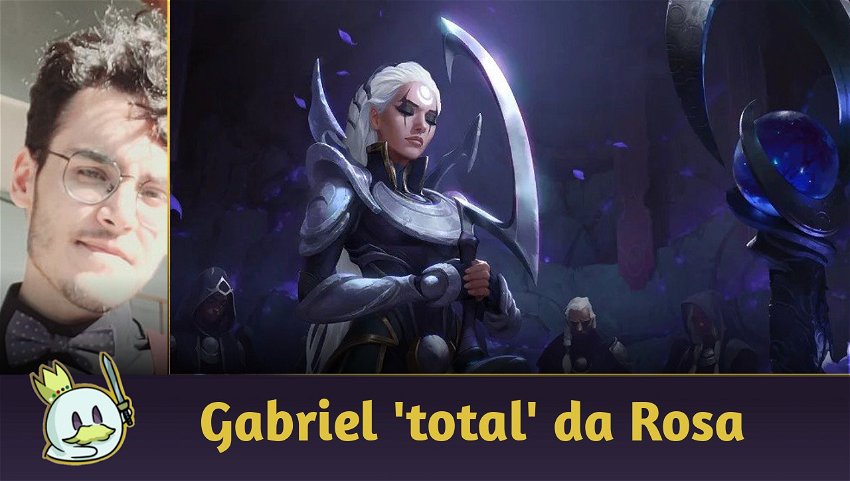







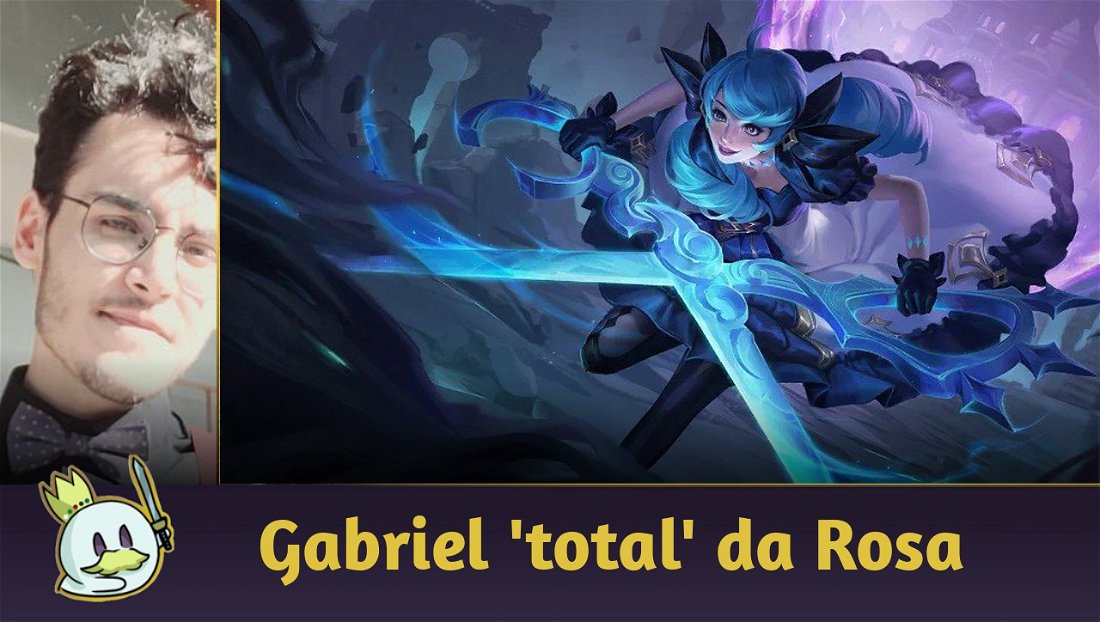
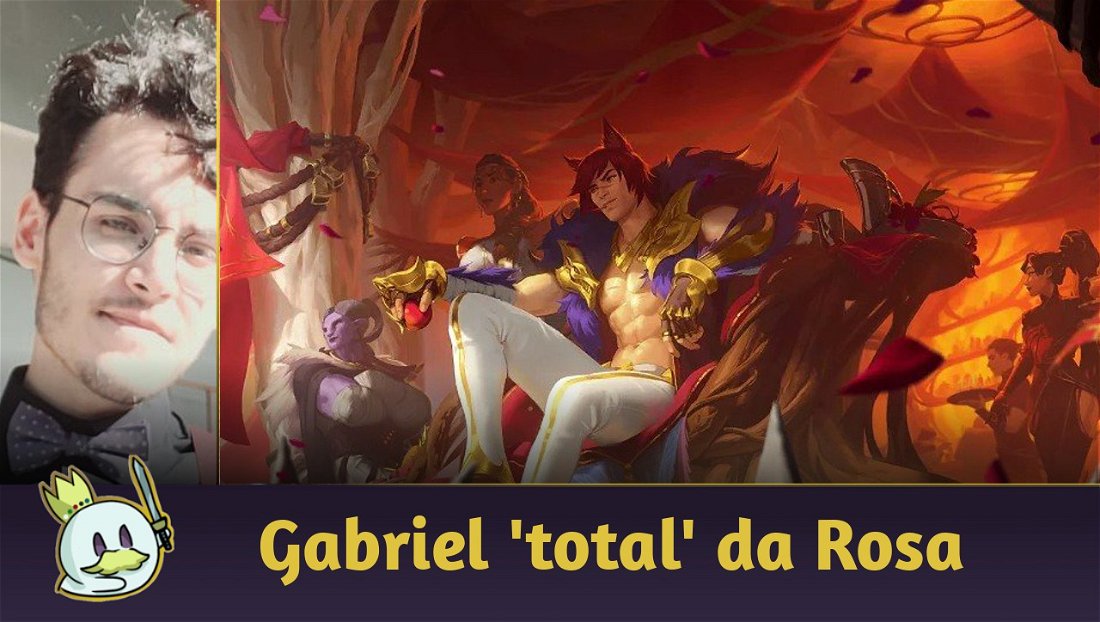



— Commenti 0
, Reazioni 1
Diventa il primo a commentare